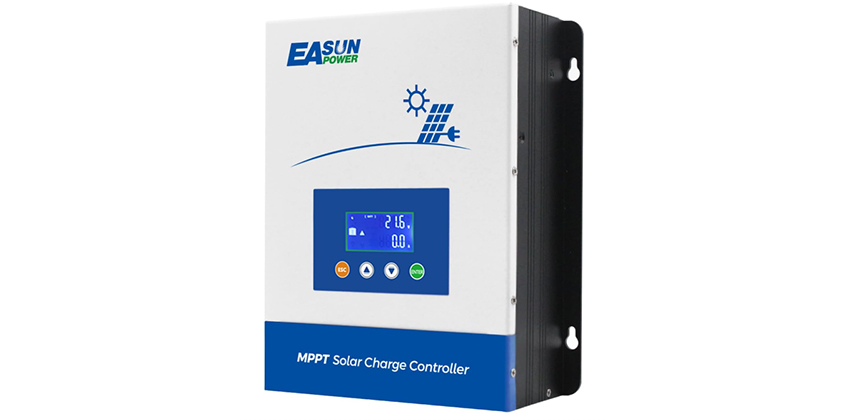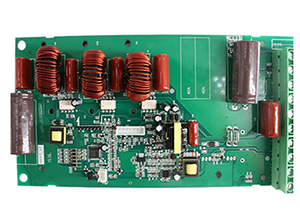Why You Should Choose MPPT Solar Charging Technology Over PWM
When setting up an off-grid solar system, choosing the right solar charge controller is crucial for maximizing efficiency and performance. The two main types of solar charge controllers—MPPT (Maximum Power Point Tracking) and PWM (Pulse Width Modulation)—serve the same fundamental purpose: regulating power from the solar panels to charge the batteries safely. However, MPPT technology offers significant advantages over PWM, making it the preferred choice for most solar applications. Here’s why you should choose MPPT over PWM for your solar charging system.
1. Higher Efficiency and More Power Harvesting MPPT controllers can extract more power from solar panels by continuously adjusting the voltage and current to find the panel’s maximum power point. This results in up to 30% more energy harvesting compared to PWM controllers, which simply regulate voltage without optimizing power output.

2. Compatibility with Higher Voltage Panels One of MPPT's biggest advantages is its ability to work with higher voltage solar arrays. While PWM controllers require the solar panel voltage to match the battery bank, MPPT controllers can accept higher voltage inputs and convert them efficiently to match the battery voltage. This allows for greater flexibility in system design and the use of more efficient solar panels.
3. Better Performance in Low-Light ConditionsMPPT controllers adapt to varying sunlight conditions, making them more effective in cloudy or partially shaded environments. Unlike PWM controllers, which simply cut excess voltage and lose potential power, MPPT controllers adjust to maintain optimal energy conversion even when sunlight is inconsistent.
4. Reduced Wiring and Installation CostsBecause MPPT controllers can handle higher voltage solar panels, they allow for longer wire runs with thinner gauge cables, reducing wiring costs. In contrast, PWM controllers require panels to be matched with battery voltage, often necessitating thicker cables to minimize power loss.

5. Faster Battery Charging and Improved Battery Health MPPT controllers provide a more efficient charging profile, delivering the right voltage and current to batteries for optimal charging. This results in faster charging times, improved battery lifespan, and better performance, especially in systems with deep-cycle batteries like lithium or AGM.
6. Greater System Scalability If you plan to expand your solar system in the future, MPPT controllers offer better scalability. They can accommodate additional solar panels and higher voltages, making it easier to upgrade your system without replacing the charge controller.
7. Cost-Effectiveness in the Long Run While MPPT charge controllers are initially more expensive than PWM controllers, their increased efficiency, higher power output, and improved battery management lead to greater long-term savings. The additional power harvested offsets the higher upfront cost, making MPPT the more cost-effective choice over time.
When Should You Still Consider PWM?
PWM controllers can still be a viable option for small-scale or budget-conscious applications, particularly if:
You have a small solar setup with panel voltage closely matched to the battery voltage.
Cost is a primary concern and power optimization is not critical.
Your system operates in consistently sunny conditions where MPPT’s advantages are less pronounced.
Conclusion: For most solar power systems, MPPT technology is the clear winner over PWM. The higher efficiency, increased energy harvesting, better battery management, and ability to use high-voltage solar panels make MPPT the best choice for maximizing your solar investment. While PWM controllers may be suitable for basic setups, MPPT controllers provide the best long-term value for serious solar users. Looking for high-quality MPPT charge controllers? We offer a price guarantee—we’ll beat any nationally advertised price on the same in-stock kits, or the kit is free! Contact us today to upgrade your solar system and get the most out of your energy production.

0 Comments
.